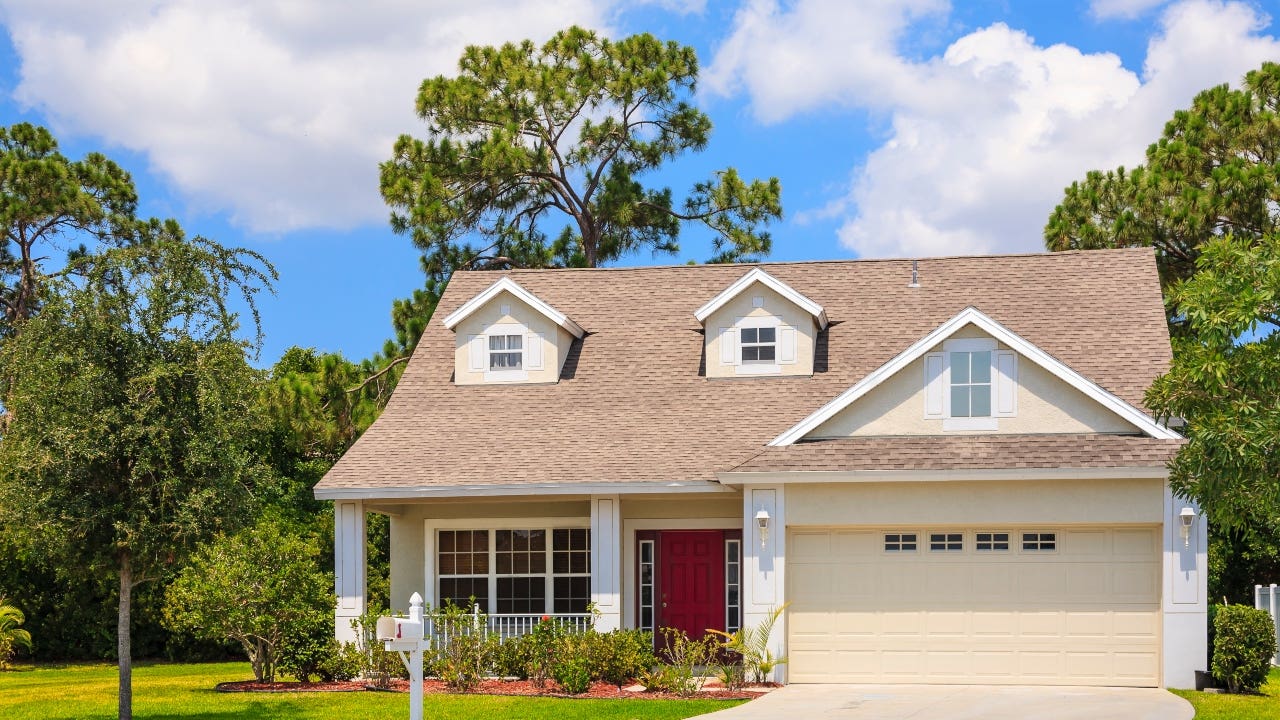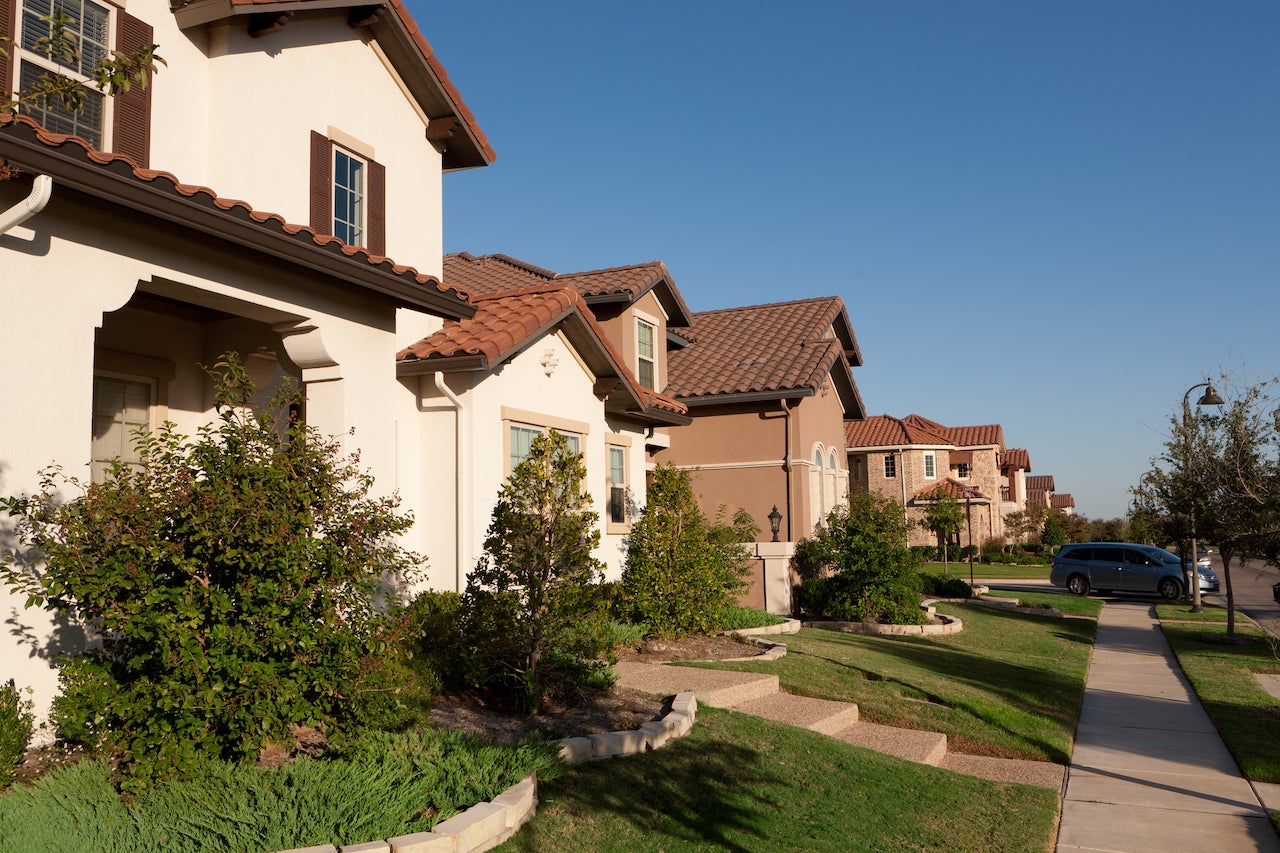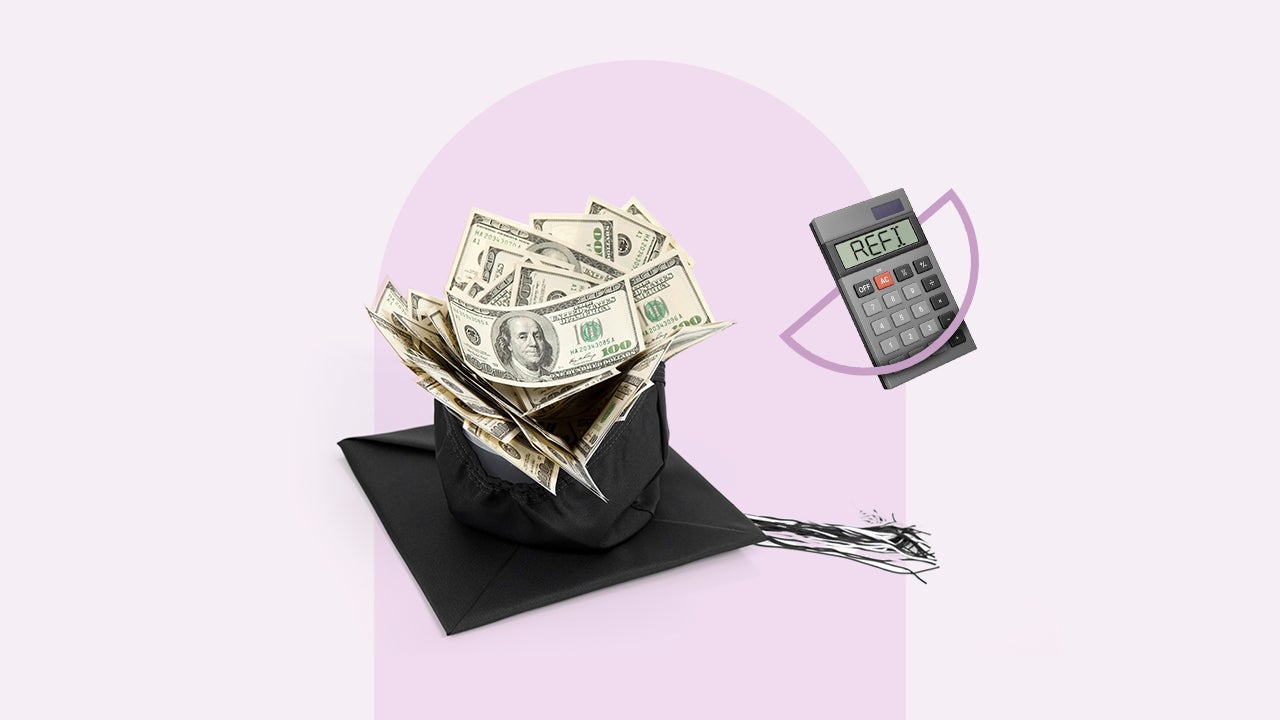What is the APR on a mortgage?

Key takeaways
- The annual percentage rate (APR) on a mortgage represents the total yearly cost of the loan, including interest, fees and mortgage points.
- Comparing loan APRs — as opposed to interest rates — gives you a clearer idea of the most affordable option.
- A mortgage’s APR is always higher than its interest rate, and the difference between the two indicates how much the lender charges in fees.
What is the APR on a mortgage?
The annual percentage rate, or APR, on a mortgage is a percentage that represents the total yearly cost of your loan, including the interest rate, as well as various fees. Because of this, your APR will always be higher than your interest rate. It’s also a better figure to use when comparing loan offers because it more accurately represents how much you’ll pay to borrow money. For example, one lender may offer a lower-than-average rate, but make up for it by charging more for closing costs.
The two most common types of mortgage APRs are:
-
- Fixed APRs: If you choose a fixed-rate mortgage, you’ll get an APR that stays the same for your entire loan term. If you get a 30-year mortgage, for example, you’ll have the same APR for all 30 years.
-
- Variable APRs: If you get an adjustable-rate mortgage, your APR will vary, too, once your introductory period has expired.
Which fees are included in an APR?
Lenders may include different costs when they calculate APR, so be sure to ask yours which are factored in. APR fees often include:
- Origination fees: This covers the cost of creating and processing your loan.
- Mortgage points: Mortgage points are a fee you pay your lender in exchange for lowering your interest rate. If you choose to do this, it will be part of your APR.
- Some closing costs: Some of your closing costs typically aren’t included in your APR, but others can be.
- Private mortgage insurance: If you put down less than 20 percent on a conventional loan, you’ll pay private mortgage insurance, or PMI. Other mortgage types — like FHA loans — also charge for mortgage insurance.
- Underwriting fees: Underwriting is the process by which the lender decides to approve your mortgage application.
- Broker fees: If you used a mortgage broker, their fee is typically part of your APR.
Which fees aren’t included in APR?
Other fees that often aren’t a part of the APR calculation include:
- Credit check fee: Most lenders charge this small fee when you first submit your application.
- Appraisal fee: You’ll pay this fee before your lender orders the appraisal, which validates the value of the home you’re buying.
- Property survey fee: Only some properties require a survey, so this cost isn’t included in most lenders’ standard APR calculations.
- Flood certification fee: This is another nominal fee the lender charges to check if the property is in a flood zone.
- Escrow and settlement fees: Because these costs are charged by the closing attorney or settlement agent, they aren’t included in the APR.
- Recording fees: In most jurisdictions, you’ll pay your local property records office to file the deed and mortgage.
- Prepaid expenses: This includes prepaid homeowners insurance premiums, property taxes and interest, as well as prepaid mortgage insurance, if applicable.
Interest rate vs. APR: What’s the difference?
Your interest rate is the percentage of your loan amount that the lender charges you to borrow money. Unlike APR, it doesn’t account for any other fees and expenses. That’s why a loan’s APR is always higher than its interest rate.
For example, Bank of America is currently offering 30-year fixed-interest mortgages with an interest rate of 6.375 percent and an APR of 6.652 percent. Similarly, Wells Fargo is offering 30-year fixed-interest mortgages with interest rates of 6.250 percent, but the APR is 6.389 percent.
When comparing loans, ensure you’re comparing interest rates to interest rates and APRs to APRs. Again, the APR will give you the most accurate sense of the loan’s cost.
Mortgage APR examples
Most of the fees within your APR are out of your control, but you can choose whether or not you buy discount points.
Here’s an example of how buying points can affect your APR:
| APR with fee and no points | APR with fee and 1 point | APR with fee and 2 points | |
|---|---|---|---|
| Amount borrowed | $310,000 | $310,000 | $310,000 |
| Interest rate | 6.5% | 6.25% | 6.0% |
| Loan term | 30 years | 30 years | 30 years |
| Origination fee (1% of loan amount) | $3,100 | $3,100 | $3,100 |
| Points (1% of loan amount each) | $0 | $3,100 | $6,200 |
| APR |
6.596% |
6.691% | 6.787% |
How to calculate your APR
Good news: You don’t have to do the math here. The mortgage lender calculates the APR for you. If you want to double-check the lender’s work, you can calculate the APR yourself by following these steps:
- Add up the interest and fees on your loan.
- Divide that number by your loan principal.
- Divide that figure by the number of years in the loan term.
- Multiply that answer by 365.
- Finally, multiply that number by 100 to convert the APR to a percentage.
If you want to get a more detailed look with less work, you can use Bankrate’s mortgage APR calculator. Once you input the loan information, you’ll receive a full amortization schedule, either by year or by month.
How to lower your mortgage APR
A huge part of your APR is your interest rate, which is largely determined by prevailing rates in the mortgage market. That is, you can’t change it. And when you look at prevailing rates today, as opposed to in 2020 and 2021, it can be hard to feel like you’re getting a good APR.
Still, some elements of your interest rate and APR are within your control. To lower your mortgage APR, you can:
- Get quotes from at least three lenders and compare their APRs in addition to their interest rates.
- Work on your credit score. Lenders typically charge lower interest rates — and thus, lower APRs — to borrowers with better scores.
- Save up a larger down payment. This reduces your lender’s risk, and also your interest rate and APR.
- If you can afford a higher monthly payment, get a mortgage with a shorter loan term. These are also less risky for lenders and qualify for more favorable interest rates and APRs.
- Although the cost of mortgage points increases your APR, it will also get you a lower rate.
FAQ
Additional reporting by Mia Taylor
Why we ask for feedback Your feedback helps us improve our content and services. It takes less than a minute to complete.
Your responses are anonymous and will only be used for improving our website.







